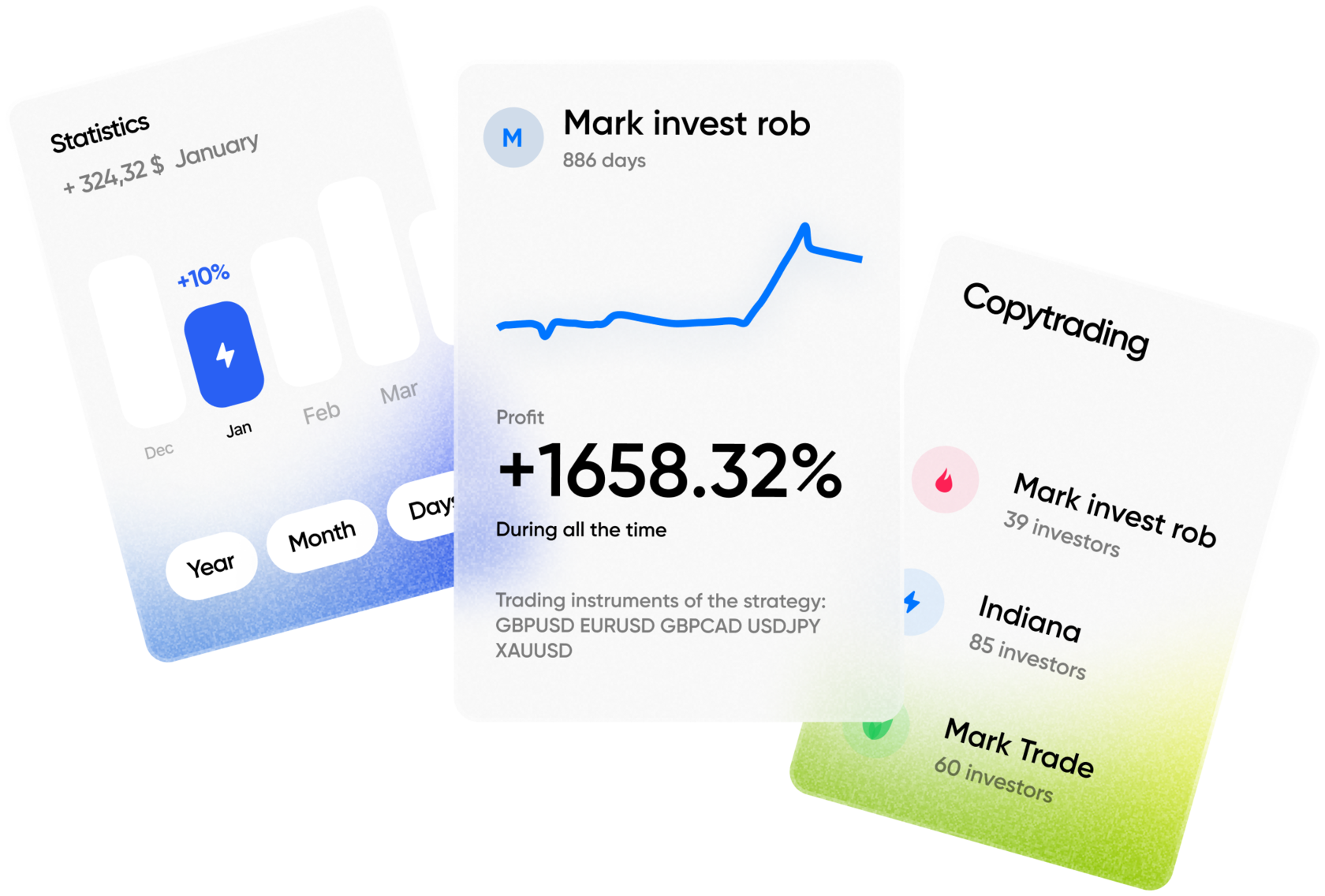Leverage is a term that is often associated with financial markets and Forex in particular. However, for newcomers, understanding what leverage is, how it works, and how to use it safely can be a bit overwhelming.
If you’ve ever wondered how traders use leverage to enhance their market positions, or whether it’s something you should use, this guide will explain all the essentials in a simple, easy-to-understand way.
What Exactly is Leverage?
In the simplest terms, leverage is the practice of borrowing money to increase the potential return on an investment. For traders, this means using funds provided by a broker to control a much larger position than what their own money would allow.
To break it down: when you use leverage in trading, you’re effectively borrowing money to expand your buying power. This lets you control larger amounts of assets, which could potentially lead to higher profits.
However, while this increased potential for profit sounds appealing, it’s important to remember that leverage also magnifies risk. Just as you can make bigger profits, you could also incur bigger losses.
How Leverage Functions in the Trading World
Leverage works by allowing traders to put down only a small amount of capital (called the margin) while borrowing the rest of the funds needed for a position. The amount of leverage available to you depends on your broker’s terms, and it can vary widely.
For example, if you choose a leverage ratio of 1:100, this means for every $1 of your own money, you can control $100 in assets. So, with a $1,000 margin, you could theoretically control up to $100,000 worth of a currency pair in Forex trading.
This leverage allows you to make significant trades, even with limited initial capital, but the downside is that if the market moves against you, your losses can be just as substantial.
Why Do Traders Use Leverage?
The main advantage of using leverage is that it allows traders to boost their exposure without needing to commit a large amount of capital upfront.
This can be particularly useful for traders who want to make the most out of small price movements, which is common in markets like Forex.
- Maximizing Returns: By using leverage, traders can increase the size of their positions and amplify potential returns, even from small price changes.
- Capital Efficiency: With leverage, traders can control larger positions than they could otherwise afford, which opens the door for bigger profits without needing a large initial investment.
- Flexibility: Leverage gives traders more options to diversify their portfolios and take advantage of multiple market opportunities.
Example: How Leverage Works in Practice
Let’s put this into a real-world example to make it clearer. Imagine you’re a Forex trader, and you have $1,000 to trade. If you use a leverage ratio of 1:100, you can now control a $100,000 position with that $1,000.
If the currency pair you’re trading moves in your favor, say by 100 pips, you can make a profit of $1,000. Without leverage, the same $1,000 would only allow you to control a smaller position, and thus, your potential profits (and losses) would be much lower.
However, this means that even small market movements can have a big impact on your account.
A similar move in the opposite direction could result in significant losses, especially if you don’t manage your risk carefully.

The Flip Side: Risks of Using Leverage
While leverage can help traders achieve larger profits, it also introduces significant risks. Since leverage magnifies both potential gains and losses, it’s crucial to use it wisely.
For example, if a trader uses high leverage and the market moves against them, they can quickly lose more money than they originally invested.
In some cases, this could lead to a margin call, where the broker demands more capital to cover the losses or closes out the position.
How Can Beginners Manage Leverage Safely?
For beginners, it’s essential to approach leverage with caution and to always implement effective risk management techniques.
Here are some strategies to help you navigate the potential dangers of leverage:
- Use a Demo Account: Most brokers offer demo accounts where you can practice trading with leverage in real-market conditions without the risk of losing real money. This is an excellent way to get comfortable before jumping into live trading.
- Start with Low Leverage: For those just starting out, it’s best to stick to lower leverage levels, such as 1:10 or 1:50. This reduces the risk while you get used to market movements and trading strategies.
- Set Stop-Loss Orders: Always use stop-loss orders to limit potential losses. These orders automatically close your position if the market moves against you beyond a certain point, helping to prevent large, unexpected losses.
- Practice Discipline: Leverage can be tempting, but it’s important to avoid the urge to overextend. Stick to your trading plan, keep your risk levels manageable, and don’t let emotions drive your decisions.
- Use Risk-Reward Ratios: Ensure that your potential reward outweighs your risk. For instance, if you’re risking $100 on a trade, aim to make at least $200 in profit if the market moves in your favor.
Tools Every Beginner Should Use with Leverage
Trading with leverage can be risky, but it can also be managed effectively if you have the right tools at your disposal. Some essential tools and resources for beginners include:
- Risk Management Tools: Stop-loss orders, take-profit orders, and position sizing calculators help protect your capital.
Demo Accounts: A risk-free way to practice and learn how leverage works without putting your money at risk. - Educational Resources: Many brokers offer educational materials to help you understand leverage, risk management, and trading strategies better.
How Do Professional Traders Use Leverage?
Experienced traders often use leverage strategically to maximize their profits while managing risk. Professionals understand the balance between risk and reward and typically employ the following techniques:
- Scalping and Day Trading: These traders may use higher leverage to take advantage of smaller price movements over short time frames.
- Swing Trading: Traders who hold positions for a few days to weeks may use moderate leverage to manage risk while still increasing potential profits.
- Hedging: Professionals might use leverage to hedge other positions in their portfolio, helping to reduce overall risk exposure.
Final Thought
Leverage is a valuable tool for traders, offering the potential for higher profits with a relatively small initial investment.
On the other hand, it comes with risks, especially if used recklessly. The key to successful leverage use lies in understanding how it works, applying proper risk management techniques, and practicing discipline in your trading decisions.
For beginners, it’s important to start small and gradually build up your understanding of the markets and your trading strategy. Traders can use tools like demo accounts, stop-loss orders to adhere to sound risk management principles.
At OnFin, you can navigate the world of leverage with confidence and make it work in your favor with industry’s best trading conditions.







